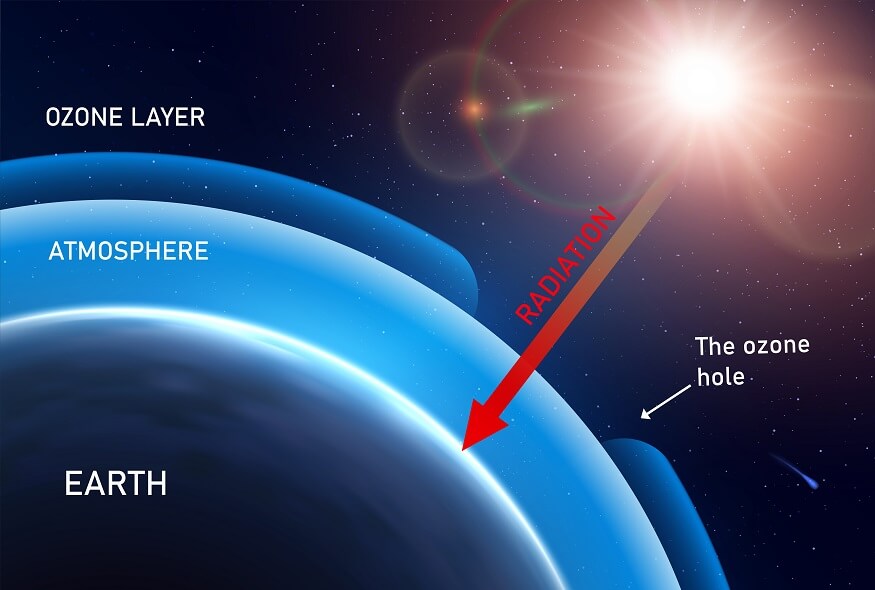Surrogacy
Why in News: The Surrogacy (Regulation) Rules of 2022 were recently revised by the Union government to allow married couples the utilization of donor eggs or donor sperm in surrogacy arrangements. According to the notification, it is stipulated that the child born through surrogacy must possess at least one gamete from the intended parents.
Table of Contents
ToggleAbout Surrogacy in India
Surrogacy involves a woman carrying and delivering a child for a couple or individual through in-vitro fertilization (IVF) after embryo implantation.
- Commercial Surrogacy Ban: India prohibits commercial surrogacy, permitting only altruistic arrangements where surrogates do not receive monetary compensation.
- Eligibility Criteria: Surrogacy in India is open to married couples and ever-married single women (widowed or divorced), excluding single individuals, live-in couples, LGBTQ couples, and those older than 45 years.
- Financial Considerations: Prospective parents are only allowed to cover altruistic surrogates’ insurance and medical expenses in India.
Recent Amendments to Surrogacy Regulation
- Changes to Form 2 and Rule 7: On March 14, 2023, amendments to Form 2 (Consent of Surrogate Mother and Agreement for Surrogacy) with Rule 7 disallowed the use of donor eggs for gestational surrogacy by intending couples.
- Notification by Ministry of Health and Family Welfare: A recent notification from the Ministry of Health and Family Welfare now permits married couples to use donor gametes under the condition that a District Magistrate Board certifies one partner’s medical condition.
- Gamete Requirement: The notification specifies that children born through surrogacy must have at least one gamete from the intending parents, meaning couples where both partners cannot use their gametes due to medical conditions cannot opt for surrogacy.
- Exclusion Clause: The regulatory amendment does not extend to ever-married single women, requiring widows or divorcees undergoing surrogacy to use self-eggs and donor sperm.
Exclusion Criteria for Surrogacy in India
- Single individuals, live-in couples, LGBTQ couples, and couples older than 45 years are not eligible for surrogacy in India, except for ever-married single women.
Source: IE
OZONE
Why in News: A group of scientists from various countries, including India, has found compelling evidence suggesting the existence of ozone on Callisto, one of Jupiter’s moons.
About OZONE
- Chemical Composition: Ozone, also referred to as trioxygen, is an inorganic molecule characterized by the chemical formula O₃.
- Formation Process: Ozone is generated from dioxygen (O₂) through the influence of ultraviolet (UV) light and electrical discharges within Earth’s atmosphere.
- Distribution: Ozone is present in extremely low concentrations across the Earth’s atmosphere.
- Ozone Layer: The ozone layer, situated in the stratosphere, contains the highest concentration of ozone. It serves as a shield against the majority of the Sun’s ultraviolet (UV) radiation.
- Protective Role: The ozone layer is vital for safeguarding life on Earth by preventing excessive UV radiation from reaching the surface. Without this protective barrier, solar UV radiation could inflict severe harm on living organisms.
Implications of Ozone Discovery on Callisto
- Sign of Stability: The presence of ozone on Jupiter’s moon Callisto suggests the existence of a stable oxygen-rich atmosphere. Such an environment is crucial for the formation of complex organic molecules and possibly fostering life.
- Potential Habitability: The identification of ozone on Callisto holds significant implications for the moon’s potential habitability. It enhances the prospects for the presence of life beyond Earth.
- Broader Scientific Impact: The discovery of ozone on Callisto contributes valuable insights into the moon’s atmospheric composition and its suitability for sustaining life, further advancing the exploration of extraterrestrial habitats.
Source: TH
Pelagia noctiluca
Why in News: Marine researchers along the Visakhapatnam coast reported an uncommon event of a swarm of poisonous jellyfish on the morning of April 3rd (Wednesday).
About Pelagia noctiluca:
Venomous Jellyfish Species: Pelagia noctiluca is a species of jellyfish known for its venomous nature.
- Alternate Names: This species is also referred to as the mauve stinger or purple-striped jellyfish.
- Bioluminescence: Pelagia noctiluca exhibits bioluminescence, meaning it can emit light in dark environments
- Sting and Health Effects: Its sting is painful and can lead to various illnesses such as diarrhea, vomiting, and anaphylactic shock, a severe allergic reaction that can be life-threatening.
- Global Distribution: Pelagia noctiluca is found in tropical and warm-temperature seas worldwide. Unlike other jellyfish species, it possesses stingers not only on its tentacles but also on its bell.
Jellyfish Bloom Phenomenon:
A jellyfish bloom occurs when the population of a species increases significantly within a short period, often due to accelerated reproduction.
- Environmental Factors: Marine biologists attribute jellyfish blooms to rising ocean temperatures, which promote substantial population growth.
- Impacts: These blooms, particularly those of venomous jellyfish, have historically caused significant damage to the fishing industry and affected tourism. For instance, a Pelagia noctiluca bloom previously damaged penned salmon at a fish farm in Ireland.
Source: TH






